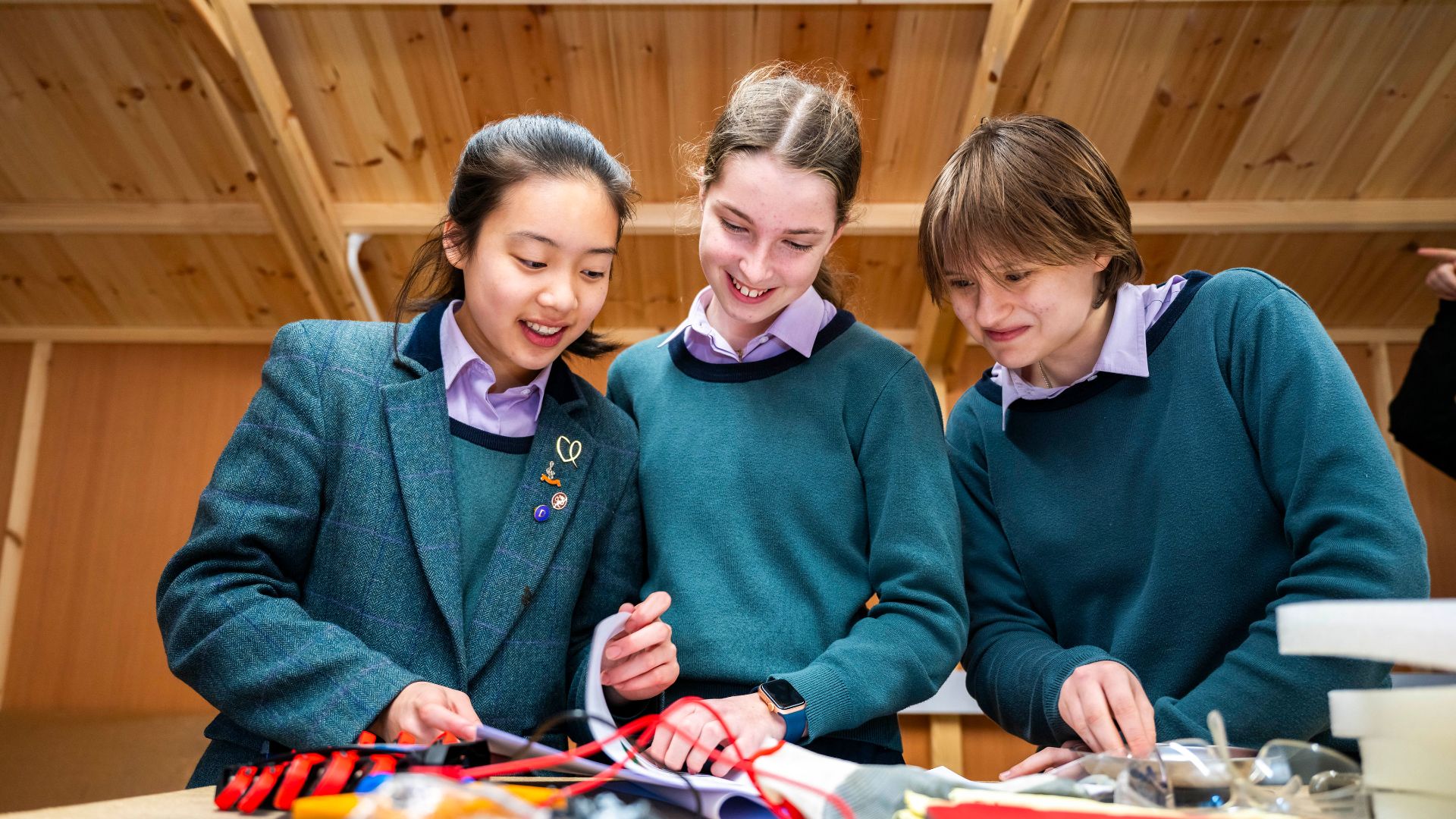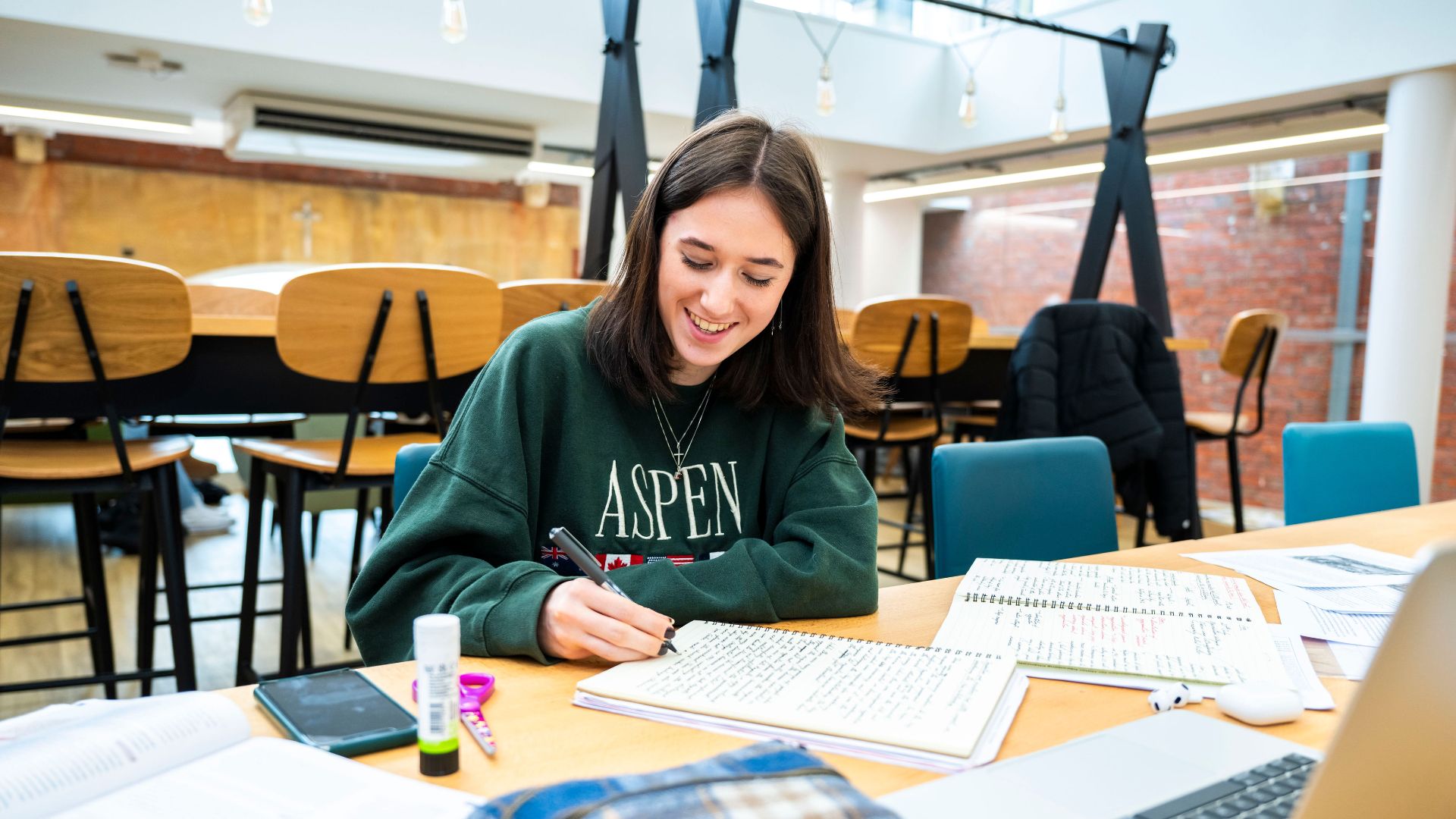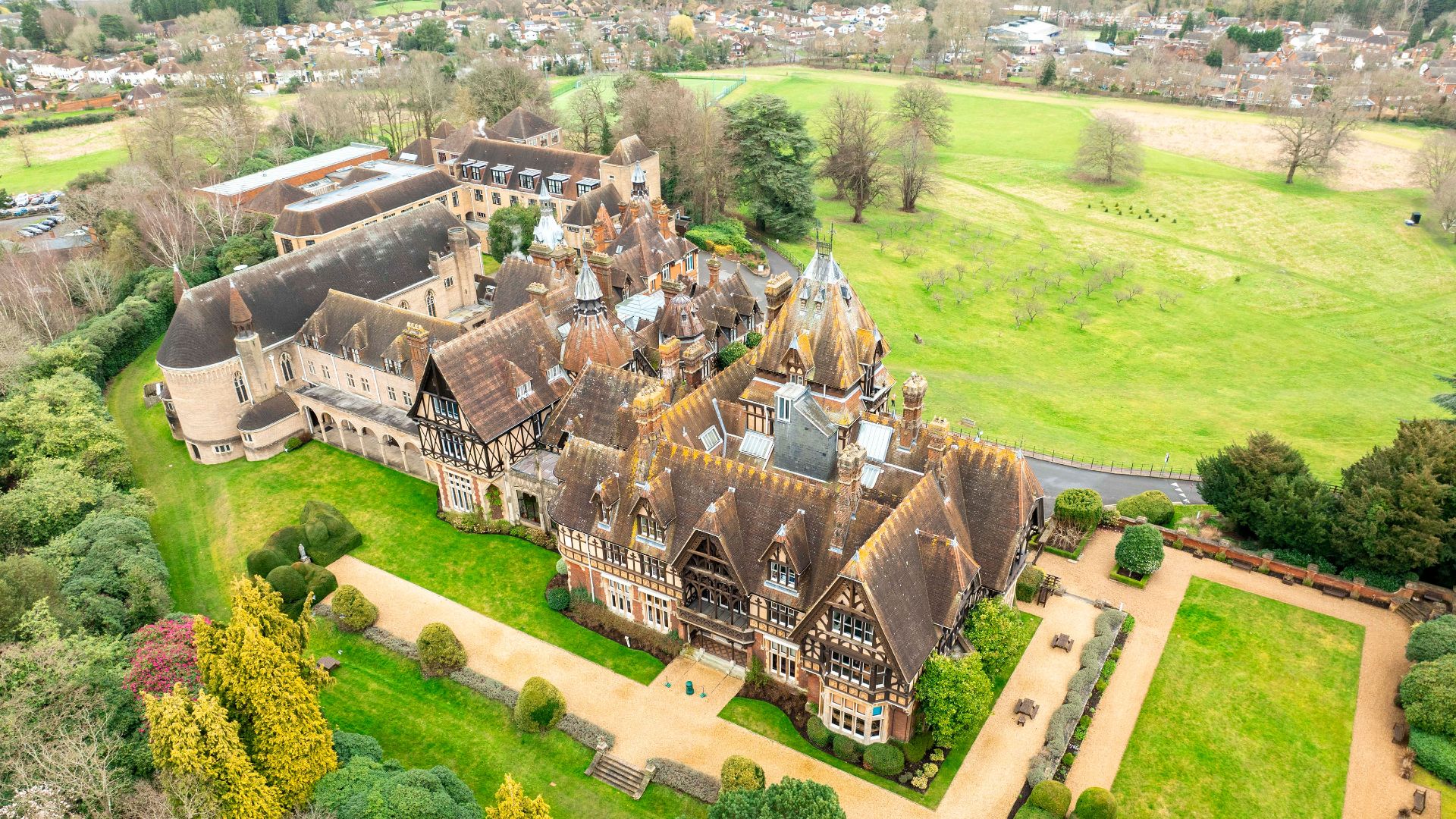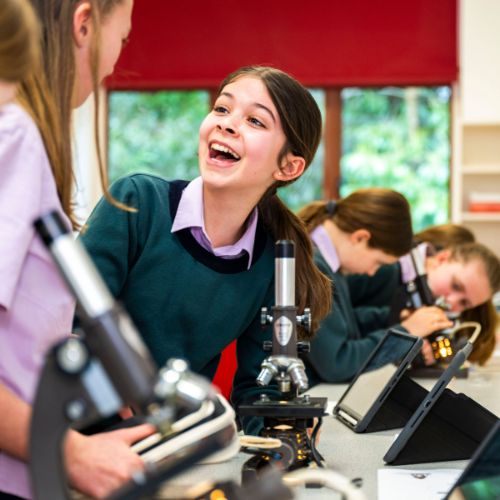We apologise but there was a problem sending your message. Please contact customer support at [email protected]
A Wholehearted Education
For almost 150 years we have educated young women, offering each of them a ‘whole person’ approach to education. Although this might seem a more modern notion, it has been at the heart of Farnborough Hill’s ethos since the beginning. For us, this isn't an educational fad: it is the essence of our being.
Educating the whole person stems from a belief in an individual's unique set of attributes and that it is our privilege to help draw out these God-given gifts and talents to help each pupil realise their full potential. Only by offering a truly rounded education can an individual's gifts and talents be discovered - our pupils enjoy exploring and discovering a multitude of disciplines, just as we enjoy getting to know them as unique and special people. It has been as such since 1889, and will continue to be so, thanks to the School’s incredibly strong ethos and heritage being at the heart of what we offer.
The Religious of Christian Education
The Religious of Christian Education (RCE) began in rural France when a forward-thinking local priest, Abbé Louis Lafosse, received an anonymous gift of 1000 francs to fund the training of four young women as teachers.
Marie-Anne Dutertre, Victoire Buisson, Marie-Louise Malhaire and Rose Gibory began their training under Abbé Lafosse, attending lessons in the evening so as not to be seen as competition for the classes given by local schoolmasters during the day.
Together, the four young women decided that, in addition to becoming teachers, they wanted to dedicate their whole lives to God as sisters in a religious congregation and so they took their vows in the Church of St Andrew in Echauffour, Normandy, on 21 November 1817. The School celebrates the Sisters of the RCE on this date each year, known as Community Feast Day.

The Legacy
Staying true to their mission to bring education to young women, the order founded communities and schools at Echauffour in 1817, Argentan in 1818 and Remalard in 1826, before venturing further into the world. They arrived in Farnborough in 1889, opening Hillside Convent College which would later become Farnborough Hill.
In 1994, The Religious of Christian Education transferred ownership to The Farnborough Hill Trust and the School is now under lay management.
The Sisters left Farnborough in the spring of 2020, leaving a thriving school with a strong ethos as their legacy.
The School in Farnborough
The School opened in Hillside in 1889 with just three pupils and Mother Syra Roantree at the helm. It grew rapidly in pupil numbers, attracting both boarding and day pupils, and, for a while, boys!
During WWI, the building was commandeered for use by the Army and the School moved temporarily to Salisbury, before finding new premises in Farnborough, at The Sycamores. After the war, Mother Roantree made the decision to keep The Sycamores as a home for her fellow Sisters and the boarding pupils and use the premises at Hillside for lessons only. Soon, however, The Sycamores was full to bursting and Mother Roantree began to look for a new home for the boarders and Sisters. When Farnborough Hill came up for sale in 1927, she jumped at the chance to purchase it, and everyone moved in, travelling daily to Hillside to join the day pupils for their lessons.
School life changed again in September 1939, when the Second World War was declared and Hillside was once more requisitioned by the Army. Mother Mostyn, the author of “The Story of a House”, a history of Farnborough Hill, records how little time they had to evacuate their well-equipped classrooms and move everything up the hill. Fortunately, the original house had been extended with the construction of the Refectory and Chapel (consecrated in 1932) and then the Hall and classrooms above. This meant that teaching could go on during the day uninterrupted, though ongoing air raids meant the boarders and nuns frequently had to sleep in the cellars.
After the war, Hillside was eventually handed back to the Sisters, but by then the School had grown used to living and learning in one place and Hillside was sold. A substantial classroom block was built in the early 1950s and the Science department added in the 1960s, along with a gymnasium – which is now our Theatre on the Hill! Over the years there has been further expansion, including the addition of a swimming pool, the Sports Hall, St Cecilia’s music wing and, most recently the Lafosse Sixth Form Centre.
Girls continued to board at Farnborough Hill until the 1990s, when it became exclusively a day school.
The House
Thomas Longman, the publisher, began building the house in 1860; his seals, the Ship and the Swan, can be seen adorning the façade of the Old House.
The exiled Empress Eugénie, widow of Emperor Napoleon III of France, bought the house from the Longmans in the late 19th century and, after a period of refurbishment and development to turn her ‘little country dwelling’ (as described in a letter to Queen Victoria) to a large home befitting her status as French Royalty, she moved in, living here from 1880 until her death in 1920. The Grand Salon, with its deep red walls, was one of the last rooms decorated by the Empress and has been carefully preserved by the School.
Crushed by the loss of her husband Napoleon III and the death in 1879 of her 23 year old son, the Prince Imperial, in the Zulu War, Empress Eugenie built St Michael’s Abbey as a monastery and Imperial Mausoleum. The Empress decreed that the trees between her Winter Garden (now part of our Library) and the Abbey should be maintained to allow her to see the final resting place of her beloved son and husband.
The Empress was an active member of the local community, visiting Hillside and hosting pupils and other local residents in her gardens. During WWI, she opened her home as a hospital for recovering soldiers, funding their care and taking a keen interest in their recovery.
She passed away in 1920, age 94, leaving her home and possessions to her nephew, Prince Victor Bonaparte. His subsequent death just six years later saw the house and grounds up for sale. The RCE purchased the house at Farnborough Hill in 1927.







